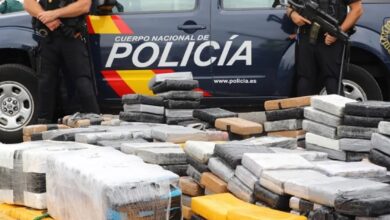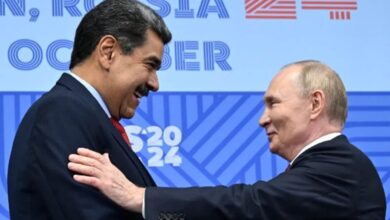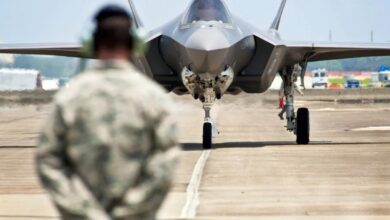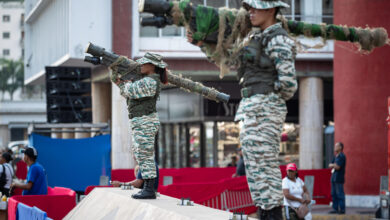Venezuela Faces Turmoil in Exchange Rates: The Dollar, Bolívar, and Chaos Story
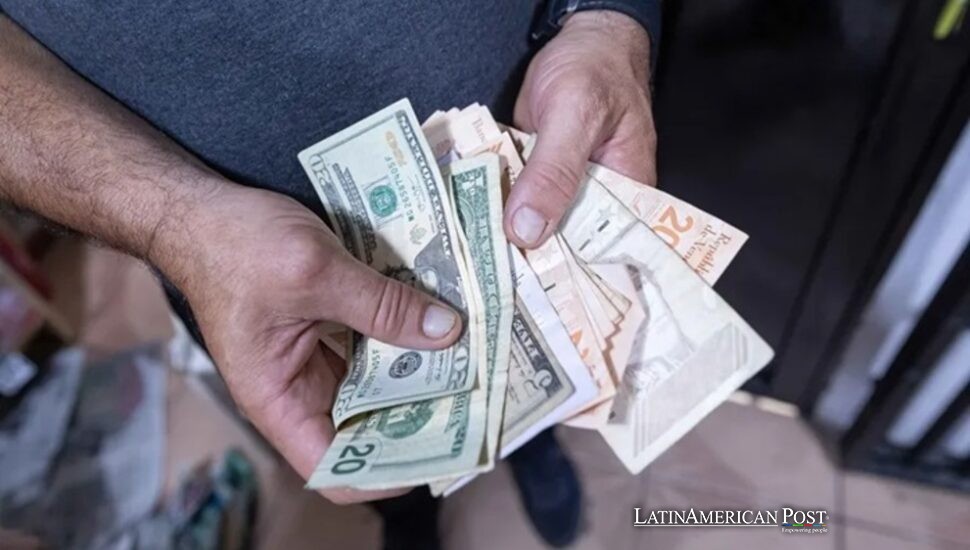
Venezuela shows a broken money system. The U.S. dollar’s official value and its value on the open market are very different. This difference hurts prices and wages. Because of this, people and companies must deal with constant doubt as they seek steadiness.
Two Currencies, Two Prices
Think about a little store in Caracas. A cellphone cable has a cost of 25 U.S. dollars. A person who gives bolívares pays 32 dollars. Elsewhere in that city, a pair of new jeans sells for 25 dollars. The price becomes 28 dollars if someone purchases it using bolívares. This variance does not originate only from typical market forces or limited-time deals. It highlights the entrenched duality of Venezuela’s monetary system, where the national currency exists uneasily alongside foreign currencies.
The official legal tender in Venezuela is the bolívar. However, after years of hyperinflation—particularly intense between 2017 and 2021—many citizens and businesses now anchor prices to the U.S. dollar or, less commonly, the euro. The Central Bank of Venezuela (BCV) controls a standard exchange rate, and it rested at 72.18 bolívares for each dollar at the close of a Friday. The unofficial exchange rate, “black market,” was 97.40 bolívares per dollar. Because of this gap of greater than 25 bolívares, daily activities, such as purchasing meals or acquiring electronic items, undergo a noticeable change.
The tension between these rates fuels unpredictability, as explained by economist and university professor Jesús Palacios of the firm Ecoanalítica, who spoke to EFE. Palacios notes that this gap “creates a lot of noise” for consumers and merchants alike, leading to “distortions everywhere.” When store owners purchase goods from distributors pegged to the parallel rate, they often feel compelled to apply a higher unofficial exchange when receiving bolívares from their customers. Consequently, Venezuelans who earn salaries at the official rate—frequently state employees—cannot stretch their income nearly as far in shops that adopt the parallel rate.
International bodies have recorded the magnitude of this economic strain. According to the International Monetary Fund (IMF), Venezuela’s economy contracted over 75% from 2014 to 2021. During the worst hyperinflation years, monthly price increases sometimes exceeded 50%. Although hyperinflation slowed in late 2021 and into 2022, the reliance on foreign currencies has become deeply ingrained. The BCV’s attempts to stabilize the bolívar via currency reconversions and tighter policies have only partially curbed inflation, leaving the U.S. dollar (and, to some extent, the euro) as de facto price benchmarks.
Pressure on Businesses and Consumers
For retailers, juggling official and parallel rates daily creates significant headaches. Honey Corro, a saleswoman in a Caracas toy store, told EFE she had to accept dollars at 85 bolívares—even higher than the official rate—since suppliers demanded payment closer to the parallel benchmark. “To take the Central Bank’s rate creates more loss than profit,” she stated, demonstrating how even a minor difference between 72.18 and 85 bolívares can significantly damage her profit margins.
This feeling spreads to many additional small and medium-sized businesses. Many shops place signs stating they adhere to the official BCV rate—compliance is required by Venezuelan authorities—but in practice, a stealth parallel rate or surcharge emerges when customers pull out bolívares. A mobile internet device, advertised at 45 dollars, might carry an effective cost of 55 or more if a buyer pays with the local currency.
Consumers on fixed incomes—especially pensioners or public-sector workers—are trapped in an impossible situation. Sixty-five-year-old shopper Yajaira Rodríguez explained to EFE that her salary “loses value daily.” Seeking shops that honor the BCV rate helps her save precious bolívares, but it’s a hit-or-miss process. She hopes government intervention will address these discrepancies: “I wish the state would control this so that those platforms that show another rate stop destabilizing the economy.”
Despite official efforts, such as repeated calls by President Nicolás Maduro to use the central bank’s rate, market realities are complex to alter. The Superintendence for the Defense of Socioeconomic Rights (Sundde) conducts inspections to ensure compliance with the official exchange. A Sundde officer, who requested anonymity, told EFE that “every day,” the agency visits “at least five businesses per floor” in specific commercial centers. Yet the results are mixed; entrepreneurs dependent on imported stock often revert to the parallel rate when restocking goods.
Root Causes and Possible Solutions
Venezuela’s exchange rate crisis has complex origins, which lasted a long time and added to the issue. Domestic political unrest played a role. International sanctions further supported its continuation. According to the Venezuelan Observatory of Finance—an independent organization tracking economic indicators—annual inflation in Venezuela reached 234% in 2022. Though this figure is a far cry from the four-digit inflation rates of previous years, it remains extraordinarily high by global standards, undermining confidence in the bolívar.
Economist Jesús Palacios explained to EFE that uncertainty skyrocketed following contentious presidential elections, where the opposition alleged widespread fraud. This tension, alongside stricter U.S. sanctions—especially the recent push to end oil-purchasing licenses for foreign companies and impose a 25% tariff on nations buying Venezuelan crude—further squeezed the country’s foreign currency inflows. With fewer buyers, the government has had to sell oil at significant discounts, sometimes estimated at up to 50% off the global benchmark. Lower revenues from the energy sector, which once accounted for 90% of export earnings, translate into fewer dollars entering the national coffers.
“Market participants fear the supply of dollars is going down,” Palacios noted, “so the parallel rate goes up as everyone races to secure greenbacks.” He proposed methods so that Caracas lessens these disturbances. For example, it can decrease dollar withdrawal transaction costs and remove the three percent tax on foreign money purchases. With these policies implemented, everyday businesses might utilize the dollar more openly because buyers and sellers won’t need the unofficial market.
Maduro’s administration, for its part, has renewed calls to “not encourage the dollar of war,” as the president calls the parallel rate. Yet, according to multiple vendors, attempts to ignore the parallel market are not viable in an economy where many costs—ranging from imported raw materials to shipping fees—are priced in foreign currency. There’s little choice for some small-scale entrepreneurs like Vicky Aguilar, who buys and resells clothing in Caracas. She confessed to EFE that she trades goods above the official rate “to avoid losing so much.”
Efforts by Sundde to enforce price labels using only the official BCV rate may keep businesses in nominal compliance. However, as long as fundamental factors drive a shortage of hard currency and hamper economic production, the unofficial exchange market will likely remain a powerful force. Peterson Institute for International Economics studies indicates that parallel markets frequently thrive if tight monetary regulations exist and inflation stays elevated. They report that stable public finances plus consistent currency policies matter to lower these rate disparities. Reliable financial backing plus dependable monetary guidelines assist in limiting these differences.
Venezuelans learn to deal with various exchange values each day. They use cash e-wallets alongside payment apps. However, the shifts between the formal and informal markets increase instability for people who have trouble paying bills. Drugs and gas prices fluctuate a lot, even daily.
Also Read: México Triumphs Through Trump’s Global Tariff Turmoil
Venezuela’s dual currency system goes beyond simple economics. It reveals core difficulties for a nation formerly prosperous because of oil. Since multiple exchange rates exist, they worsen social inequality – those holding dollars sidestep increasing costs. People who deal with bolívares often experience instability. Until policymakers and international groups find answers that address fundamental difficulties, such as sanctions and low production next to public mistrust of the bolívar, Venezuela’s monetary problems will probably continue. This affects millions of lives daily and impacts the country’s economic prospects.


